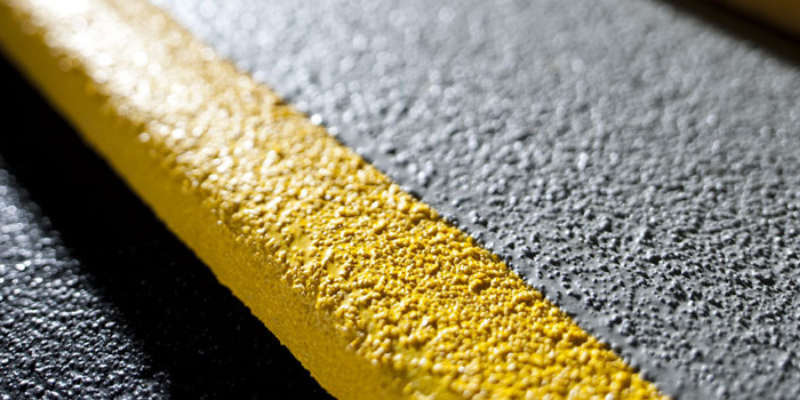Slippery Surfaces: A Guide to Stay Upright and Safe
Skidding occurs when the friction between your feet or tires and the ground diminishes, causing you to lose control. This unfortunate circumstance arises due to several factors:
• Reduced surface area: When water or ice forms a thin layer on a surface, it reduces the area where your feet or tires can make contact. This decrease in friction leads to a loss of grip and potential skidding.
• Molecular lubricity: Water has a lower coefficient of friction than dry surfaces. This property acts like a lubricant, decreasing the resistance between your feet or tires and the ground, further increasing the likelihood of skidding.
Preventive Measures for Slippery Surfaces
Footwear Considerations
-
Tread pattern: Choose shoes with defined tread patterns that provide ample grip. Consider specialized footwear designed for icy or wet conditions.
-
Rubber or crepe soles: These materials provide excellent traction on slippery surfaces due to their inherent elasticity and ability to conform to uneven surfaces.
-
Metal cleats or studs: For particularly icy conditions, consider sporting detachable metal cleats or studs that screw into your shoe soles, significantly enhancing stability.

Image: www.relinea.com
Tire Maintenance
-
Proper tire pressure: Maintain the recommended tire pressure for your vehicle. Underinflated tires have reduced contact with the ground, leading to poorer traction, especially on slippery surfaces.
-
Tire tread depth: Check your tire treads regularly, ensuring they meet the legal minimum requirements. Worn-out tires with insufficient tread reduce traction and increase skidding risk.
-
Snow tires or chains: During severe winter conditions, consider investing in snow tires or tire chains, designed specifically to enhance traction on icy and snowy surfaces.
Behavioral Adjustments
-
Moderate your pace: Slow down when traversing slippery surfaces, allowing more time for reaction and control.
-
Avoid sudden movements: Accelerate, decelerate, and turn gradually to prevent abrupt shifts in weight distribution that could trigger a skid.
-
Stay aware of surroundings: Keep an eye out for slippery patches, particularly in shaded areas or under bridges where water or ice tends to accumulate.
-
Use handrails: When walking on stairs or uneven surfaces, firmly grip handrails for additional support and balance.
-
Fall prevention: If a fall seems imminent, try to control it by rolling with the momentum, mitigating the impact on critical body parts.
Additional Tips
-
Carry traction devices: Consider keeping small traction devices in your pockets or vehicle, such as Yaktrax or ice cleats, which can provide temporary anti-slip support.
-
Carry salt or sand: For icy walkways or driveways, spread salt or sand to enhance friction and reduce the risk of skidding.
-
Seek assistance: If conditions are particularly treacherous, consider seeking assistance from a friend or family member for added stability.
To Help Avoid Skidding On Slippery Surfaces You Should
Conclusion
Navigating slippery surfaces requires vigilance and preparation. By understanding the mechanisms of skidding and implementing the recommended measures, you can significantly reduce the risk of falls and injuries. Remember, safety should never be compromised, and with these proactive steps, you can conquer slippery surfaces with confidence, ensuring a secure footing in any weather condition.
